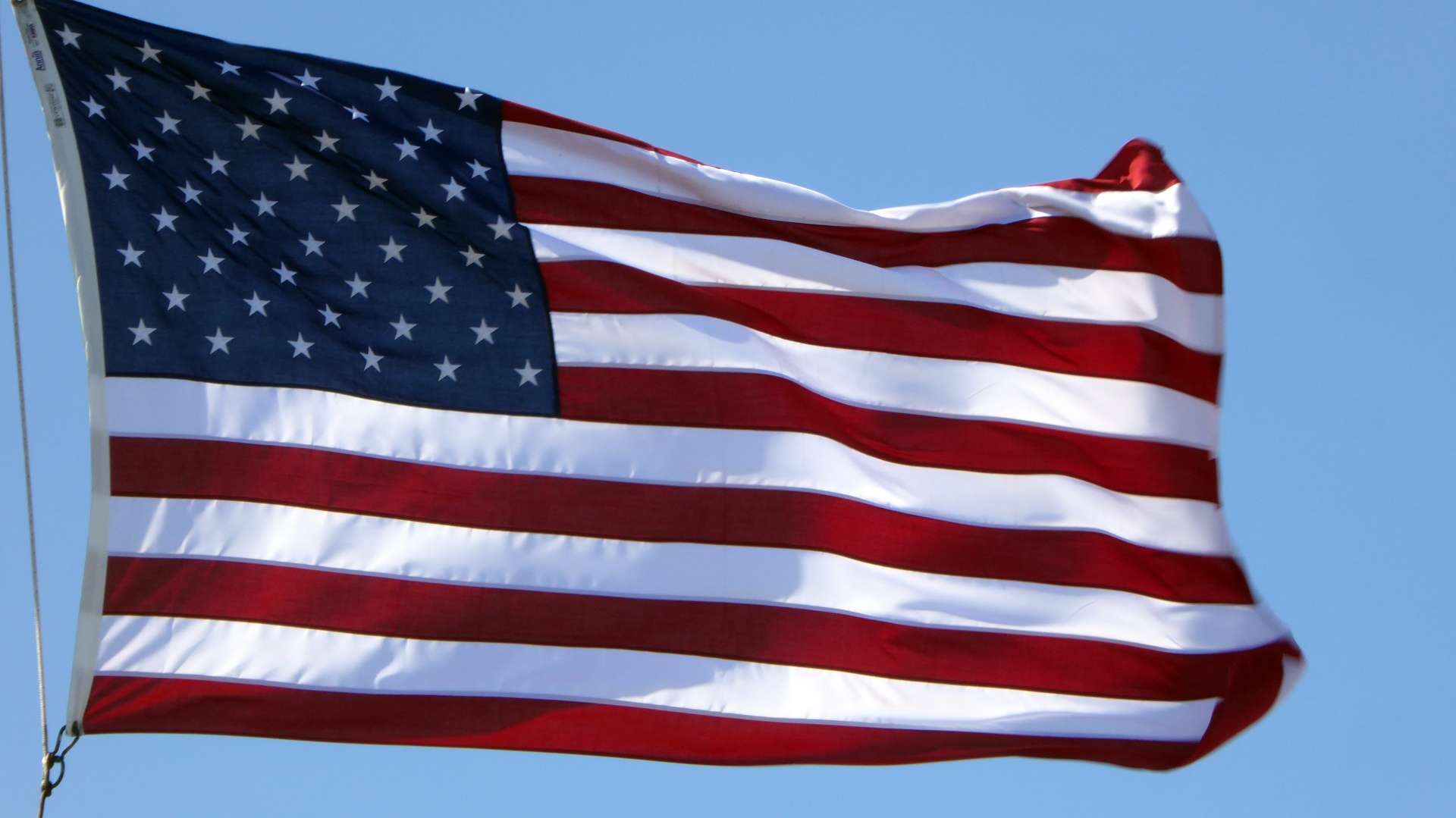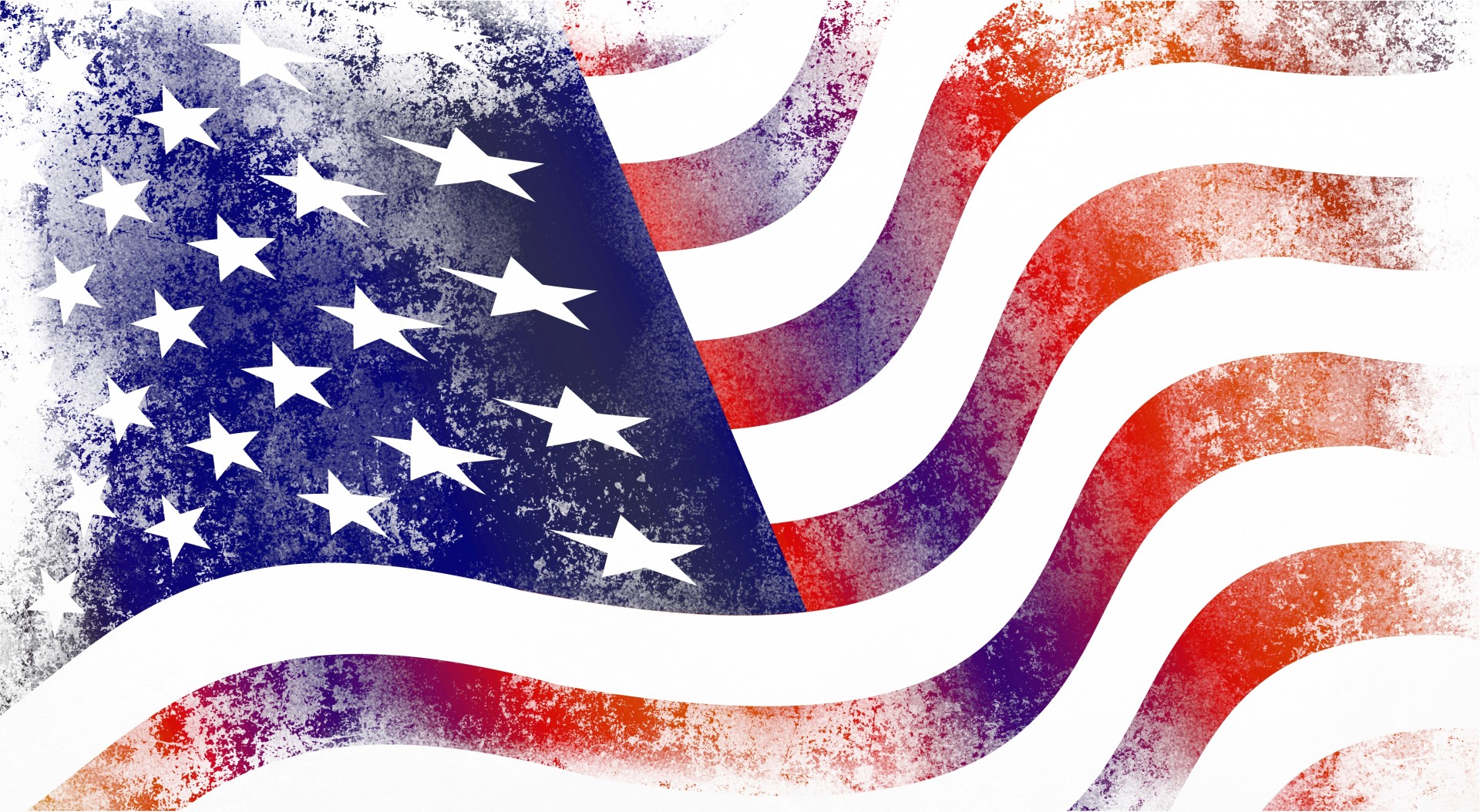Table Of Content

The flag was then displayed in a glass case in the Smithsonian’s Arts and Industries Building. It remained on view there for nearly 50 years, except for two years during World War II, during which time it was housed in a government warehouse in Virginia, to be protected from possible bombing raids on the nation’s capital. In 1964 the flag was moved to the new National Museum of History and Technology (now the National Museum of American History), where it was displayed in the central hall on the second floor.
American Revolutionary War
Since the resolution did not specify the arrangements of the stars, flags exist with a variety of “constellations.” The “Betsy Ross” flag arranges the stars in a circular pattern. The current flag of the United States is the twenty-seventh version of the national flag. When the Thirteen Colonies were seceding from the British, there became a necessity for a flag to symbolize the patriot cause and rally individuals for the Revolution. U.S. flags are displayed continuously at certain locations by presidential proclamation, acts of Congress, and custom. Every U.S. astronaut since the crew of Gemini 4 has worn the flag on the left shoulder of his or her space suit, except for the crew of Apollo 1, whose flags were worn on the right shoulder.
City flags
However, the number of stars increased with accession of new members from 13 to 50. The last star was added in 1960, when Hawaii officially became a part of the US. Since its origins in 1777, the American flag has been revised over two dozen times. When it was originally designed, the American flag featured 13 stripes along with 13 stars. While the current American flag still features 13 stripes, it now has 50 stars.
Government information
Ever since then, it’s been believed that the EIC flag could have served as inspiration for both the original and modern American flags — despite the fact that politicians clearly wanted to leave Britain out of the mix. But in any case, the Stars and Stripes were finally flown for the first time in September 1777 during the Revolutionary War.
Country information
But with the defeat of Emperor Napoleon’s armies in April 1814, Britain turned its full attention to the war against an ill-prepared United States. The Great Seal of the United States is a national symbol used in official documents such as treaties and commissions. The final design was approved in 1782 and includes a bald eagle, an olive branch, arrows, a flag-like shield, the motto E Pluribus Unum (which translates to "out of many, one") and a constellation of stars. Once instrumental in the early economic development of the United States, horses are now valued athletes and loyal companions, and are important in law enforcement, forestry, entertainment, equine therapy and cattle ranching.
Minnesota's new state flag design is finalized - CBS News
Minnesota's new state flag design is finalized.
Posted: Wed, 20 Dec 2023 08:00:00 GMT [source]
Though most are aware of an early American flag with a circle of stars in the canton, the history of its gradual design changes remains largely unexplored. Not only was the first design likely inspired by the British East India Company, but the stars and stripes have never meant what you may think. U.S. Flags The Postal Service continues its tradition of celebrating the U.S. flag with these stamps, available in booklets of 20 and in coils of 100, 3,000 and 10,000. Four stamps feature the flag majestically waving at different times of the day. While the shapes and colors of the clouds change, the sun is always shining on Old Glory. Shown from a low-angle perspective, the flags draw attention upward, toward the magic of the sky.
This might indicate that the creation of the flag was a group effort of sorts, one that may or may not have included Ross. Most historians credit Francis Hopkinson, a New Jersey delegate to the Continental Congress, with designing the first flag. This is largely due to a payment that he sought from the Board of Admiralty for his design of the “flag of the United States of America” in 1780.
Department of Health and Human Services
What’s even more astonishing, however, is the fact that Heft didn’t score a perfect grade for his school project. It’s believed that Heft discussed the grade with his teacher, and the two joked that if Congress selected Heft’s design, his grade would be changed to an A. To the surprise of both parties, Congress did, in fact, choose Heft’s design. Heft’s teacher fulfilled her promise by changing his grade from a B- to an A. In the late 1800s, souvenirs, or relics, of important events and people in American history became highly prized and collectible objects. The Star-Spangled Banner, historic and celebrated, was subjected to this practice.
Postage stamps
Ethel Kessler, an art director for USPS, designed the stamps with existing photographs by renowned nature and garden photographer Allen Rokach (1941–2021). $1 Floral Geometry In 2024, a new Floral Geometry stamp, denominated at $1, will be available for purchase. The stamp will complement the similarly designed $2 and $5 stamps issued in 2022 and the $10 stamp issued in 2023. The stamps lend an elegant and contemporary appearance to packages, large envelopes and other mailings. The stamp art features a series of overlapping geometric shapes that mimic the symmetry of floral patterns found in nature.
Minnesota Unveils New State Flag Design - The New York Times
Minnesota Unveils New State Flag Design.
Posted: Tue, 19 Dec 2023 08:00:00 GMT [source]
Greg Breeding, an art director for USPS, designed the stamp with an image provided by the National Aeronautics and Space Administration (NASA), the European Space Agency, the Canadian Space Agency and the Space Telescope Science Institute. In 1960, Heft’s 50-star American flag was officially displayed for the first time at Fort Henry in Baltimore, Maryland. This ushered in a new era in which the United States would begin to display the 50 embroidered star, stitched stripes American flag rather than the earlier flag variant with fewer stars. By giving away snippings, the Armisteads could share the Star-Spangled Banner with others who loved the flag. The citizens who received these mementos treated them with reverence and pride. Some framed and displayed these pieces of history in their homes; others donated them to museums.

The Star-Spangled Banner’s impressive scale (about one-fourth the size of a modern basketball court) reflects its purpose as a garrison flag. It was intended to fly from a flagpole about ninety feet high and be visible from great distances. At its original dimensions of 30 by 42 feet, it was larger than the modern garrison flags used today by the United States Army, which have a standard size of 20 by 38 feet. Radiant Star Radiant Star will be a new presorted standard stamp intended for bulk mailers and will be sold in self-adhesive coils of 3,000 and 10,000. In this vibrant graphic design, red and white stripes radiate from a blue star.
The union is the width of seven stripes and 2/5 the length of the fly. There are a lot of varying color values in use due to the difficulty of interpreting Cable colors for digital screens. The flag has seen 27 different versions (and countless variations) since its official adoption June 14, 1777. Show your pride in battlefield preservation by shopping in our store. A star is added to the flag when a new state joins the United States. The flag was last modified on July 4, 1960, when Hawaii was incorporated as a state.
Today, the Smithsonian’s National Museum of American History has thirteen Star-Spangled Banner fragments in its collections. Since conservators and curators cannot be sure from which part of the flag these fragments were taken, the pieces cannot be integrated back into the flag. However, they can be analyzed, allowing conservators to document changes in the condition of the flag’s fibers and better understand how time and exposure to light and dirt have affected the flag. The flag did not appear on U.S. postal stamp issues until the Battle of White Plains Issue was released in 1926, depicting the flag with a circle of 13 stars. The 48-star flag first appeared on the General Casimir Pulaski issue of 1931, though in a small monochrome depiction. The first U.S. postage stamp to feature the flag as the sole subject was issued July 4, 1957, Scott catalog number 1094.[115] Since then, the flag has frequently appeared on U.S. stamps.
The Minnesotan behind the design, Andrew Prekker, spoke with WCCO on Wednesday about the achievement. Dates in parentheses denote when the current flag was adopted by the state's legislature. Britain’s defeat at the 1781 Battle of Yorktown marked the conclusion of the American Revolution and the beginning of new challenges for a new nation. Not even three decades after the signing of the Treaty of Paris, which formalized Britain’s recognition of the United States of America, the two countries were again in conflict. Resentment for Britain’s interference with American international trade and impressment of American sailors combined with American expansionist visions led Congress to declare war on Great Britain on June 18, 1812.
The Continental Colors were believed to have first been raised on Jan. 1, 1776 in Massachusetts at the behest of George Washington. The original American flag soon began to fly at forts and on naval vessels. "Minnesotans deserve the right to vote for what represents them. If that flag is this one or if that flag is the new one, it's a Minnesotan's right to vote," said Rep. Bjorn Olson, R-Fairmont. He compared the backlash in Minnesota to the fierce debate in Canada in the 60s when it adopted its now-iconic maple leaf flag.
Some private use is year-round, but becomes widespread on civic holidays like Memorial Day, Veterans Day, Presidents' Day, Flag Day, and on Independence Day. On Memorial Day, it is common to place small flags by war memorials and next to the graves of U.S. war veterans. Also, on Memorial Day, it is common to fly the flag at half staff until noon to remember those who lost their lives fighting in U.S. wars. The "relative" coordinates in the following table were found by scaling the luminous reflectance relative to the flag's white.
No comments:
Post a Comment